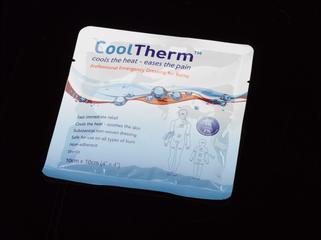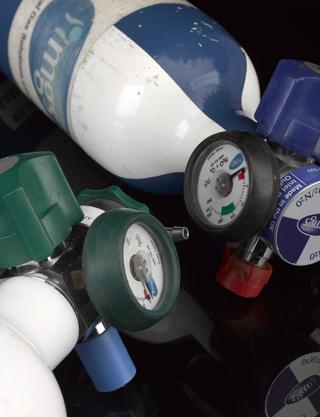Colt's stretcher designed for going around corners in the trenches
- Made:
- 1916-1918 in United Kingdom
- maker:
- George Herbert Colt
Colt's stretcher designed for going around corners in the trenches of the Western Front, the main shaft jointed and patient is carried in canvas sling suspended underneath, designed by Major George Colt, for the British Army during the First World War, 1914-1918.
The conditions in which the First World War was fought presented many difficulties and the trenches of the Western Front in France and Belgium were particularly challenging. As trenches could be as narrow as 70 cm in places and dug with many right angles – to reduce the impact of explosions – the flow of men and materials along them could get extremely congested. For wounded men, such journeys could be slow and painful and conventional stretchers, with their long straight lines, proved impractical at times.
This experimental model was one of a number of different designs intended to make the movement of wounded men along trenches more efficient. On this stretcher, the patient was strapped into the canvas sling beneath a single wooden pole that could be pivoted in the middle. The stretcher bearers placed the padded leather ends on their shoulders – with the patient suspended between them in a sitting position. It was invented and patented by George Colt (1878-1957), a physician and major in the British Army, and was described in the medical journal The Lancet in January 1916. This example has had a number of small alterations and additions of extra padding which suggest it may have seen service at the front.
Details
- Category:
- Emergency Medicine
- Collection:
- Sir Henry Wellcome's Museum Collection
- Object Number:
- A655826
- type:
- stretcher





